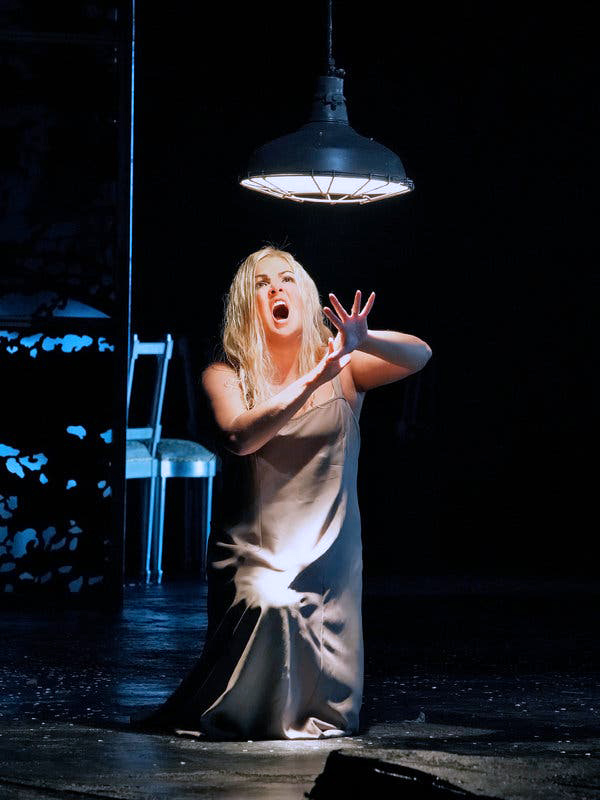You may remember the story of the Ides of March, made famous in the play “Julius Caesar” by William Shakespeare. It was a fateful day for the Dictator Perpetuus.
The earliest Roman calendar, which consisted of ten months, began with Martius (March) and is believed to have been created by King Romulus around 753 BC. At that time, dates were expressed in relation to the lunar phase of the month using three markers: Kalends (Kal), Nones (Non) and Ides (Id). The first phase of the moon, the new moon, was denoted by Kalends and signified the first day of the month; the first quarter moon fell on either the fifth or seventh day of the month and was referred to as Nones; the full moon fell on either the 13th or 15th day of the month and was referred to as Ides. The Ides of March, March 15, initially marked the first full moon of a new year and the importance of the date was marked with celebrations and festivals.
In 46 BC, after consulting with astronomer Sosigenes, Julius Caesar reformed the Roman calendar by adding ten days to the 355-day year, instituting January 1 as the first day of the new year (beginning in 45 BC) and introducing a leap year every four years. Shortly thereafter, he was granted the title Dictator Perpetuus or “dictator for life.” Concerned with Caesar’s increasing power, a group of Roman senators stabbed the ruler to death on March 15, 44 BC, forever linking the Ides of March with the assassination of Julius Caesar.
It is only in recent years that researchers have unearthed the very spot where Julius Caesar met his fate over 2000 years ago. The site is located in Rome’s Largo di Torre Argentina archaeological area, which once housed the Curia of Pompey, a meeting place within the larger Pompey’s Theater. The complex was built around 52 BC by Caesar’s rival, Gnaeus Pompeius Magnus, who would succumb to his own assassination in 48 B.C.
Ancient chroniclers recount that tensions between Caesar and members of the Roman Senate escalated after he was named Dictator Perpetuo and appointed his allies to rule the republic during his upcoming military campaign. On March 15, Julius Caesar arrived at Pompey’s Theater for a Senate session and entered the Curia of Pompey, taking his place in a chair to address the hundreds of lawmakers gathered before him. Led by Gaius Cassius Longinus and Marcus Junius Brutus, a group of senators then stepped forward with hidden daggers and stabbed Caesar 23 times.
Centuries later, William Shakespeare immortalized this grisly scene in his play “Julius Caesar.” But researchers believe Caesar’s adopted son Augustus marked the site of his father’s murder with a concrete memorial ten feet wide and six feet tall. It is this structure that archaeologists believe they’ve unearthed during their excavation of Largo di Torre Argentina.
Located in the center of Rome, Largo di Torre Argentina is known today for its thriving cat sanctuary, in which photogenic felines pose for tourists’ cameras atop ancient ruins. The entrance is located on corner of Via Florida and Via di Torre Argentina.
This archaeological wonder was excavated as part of rebuilding efforts in 1929, revealing extensive multilevel temples that lie sunken 20 feet below modern street level. In addition to the remains of four different temples, Torre Argentina also contains part of the famous portico of Pompey. The site features columns and altarpieces that date back as far as the 4th century BC. The best preserved of these is the largest rectangular-shaped building at the northern end of the site. Standing on a raised platform, two rows of columns lead towards an arched altarpiece at one end.
Little is left of the two southernmost buildings, but the shape of the rounded temple in the middle of the Area Sacra is easier to identify. Look for the stairs that lead up to where several columns form a circular shape. Wander around the pavement outside and look for the collection of rugged white stones lined up against the eastern wall. These once formed a part of the vast Curia of Pompey, where the Senate would meet. Once there, you will be looking at the spot where Julius Caesar was assassinated more than 2,000 years ago.




